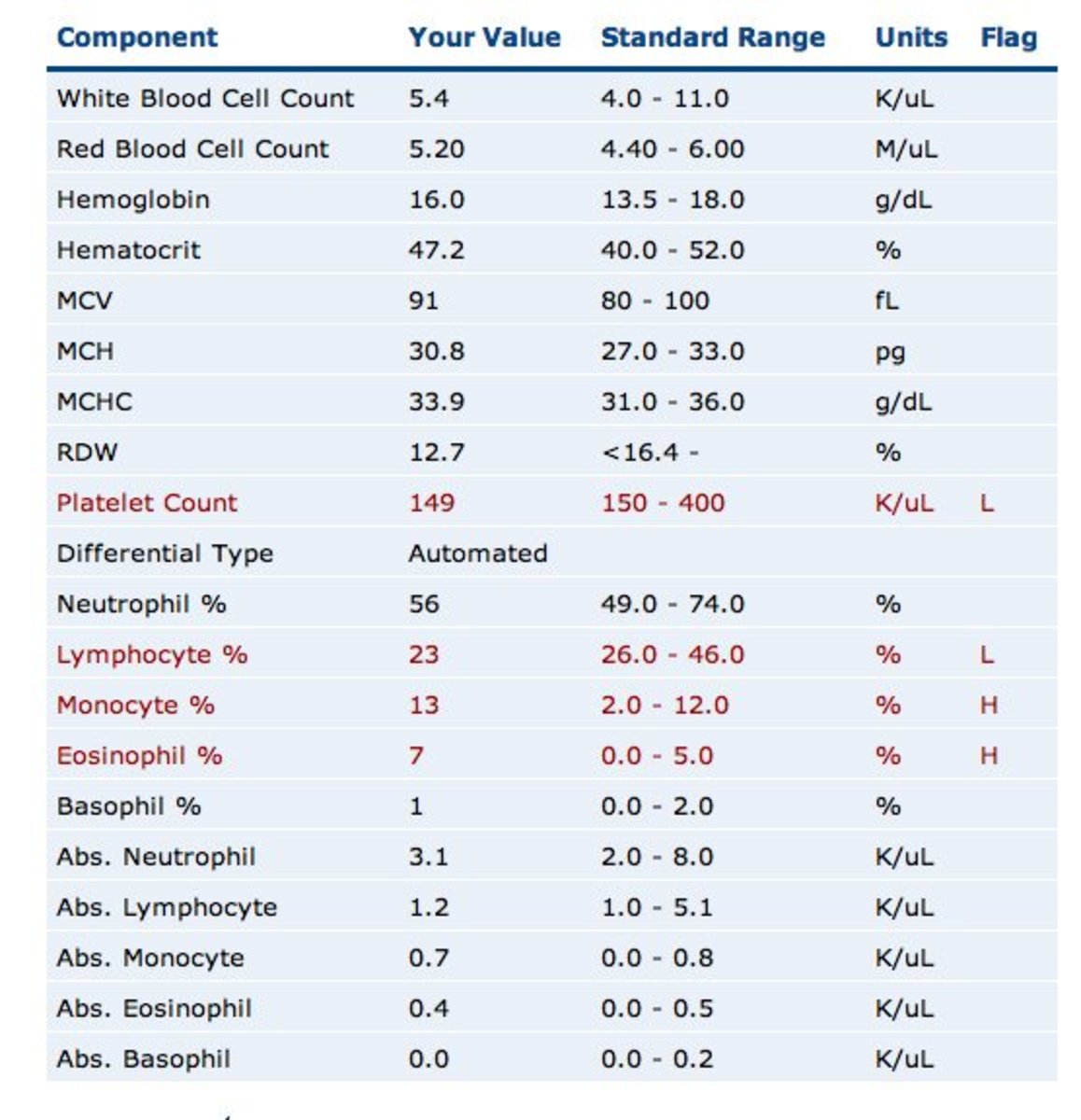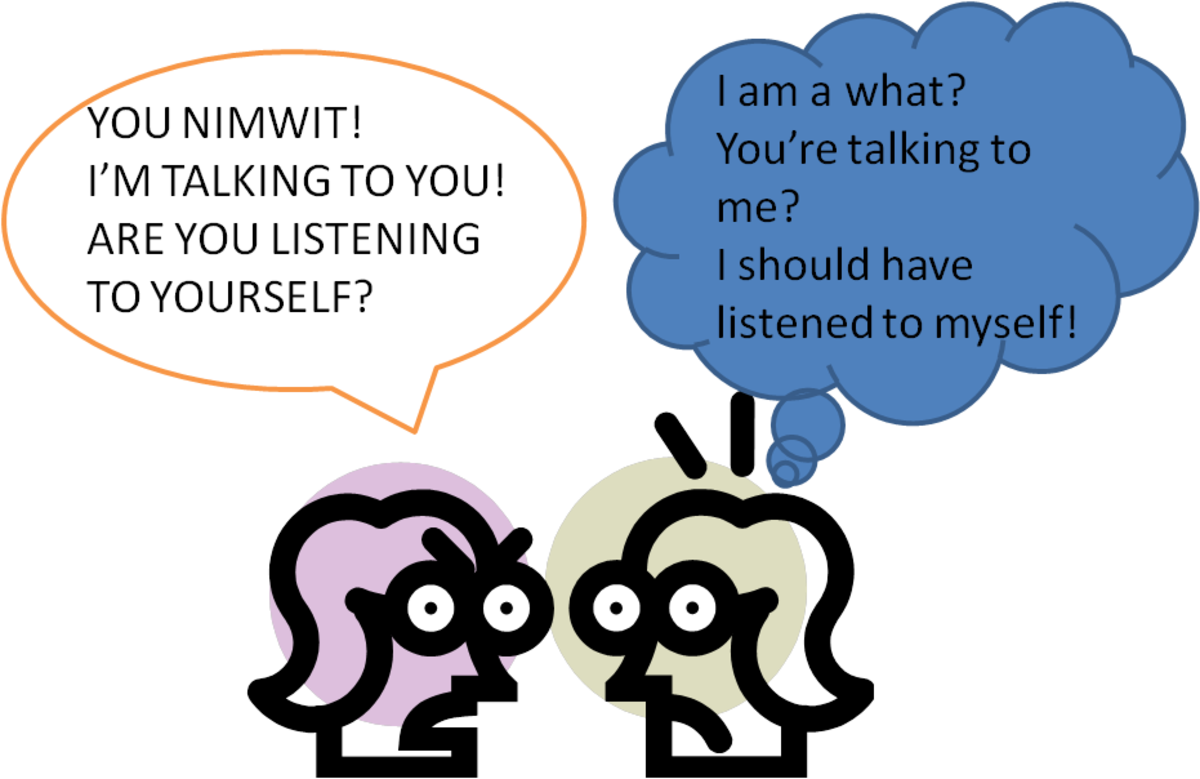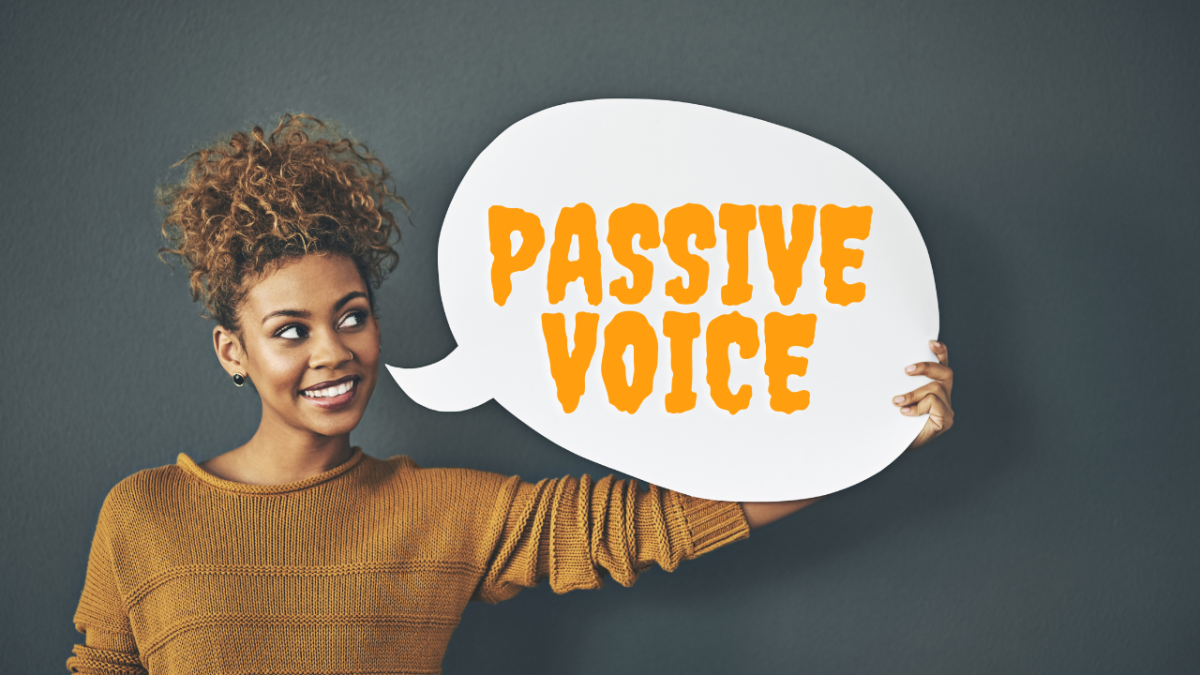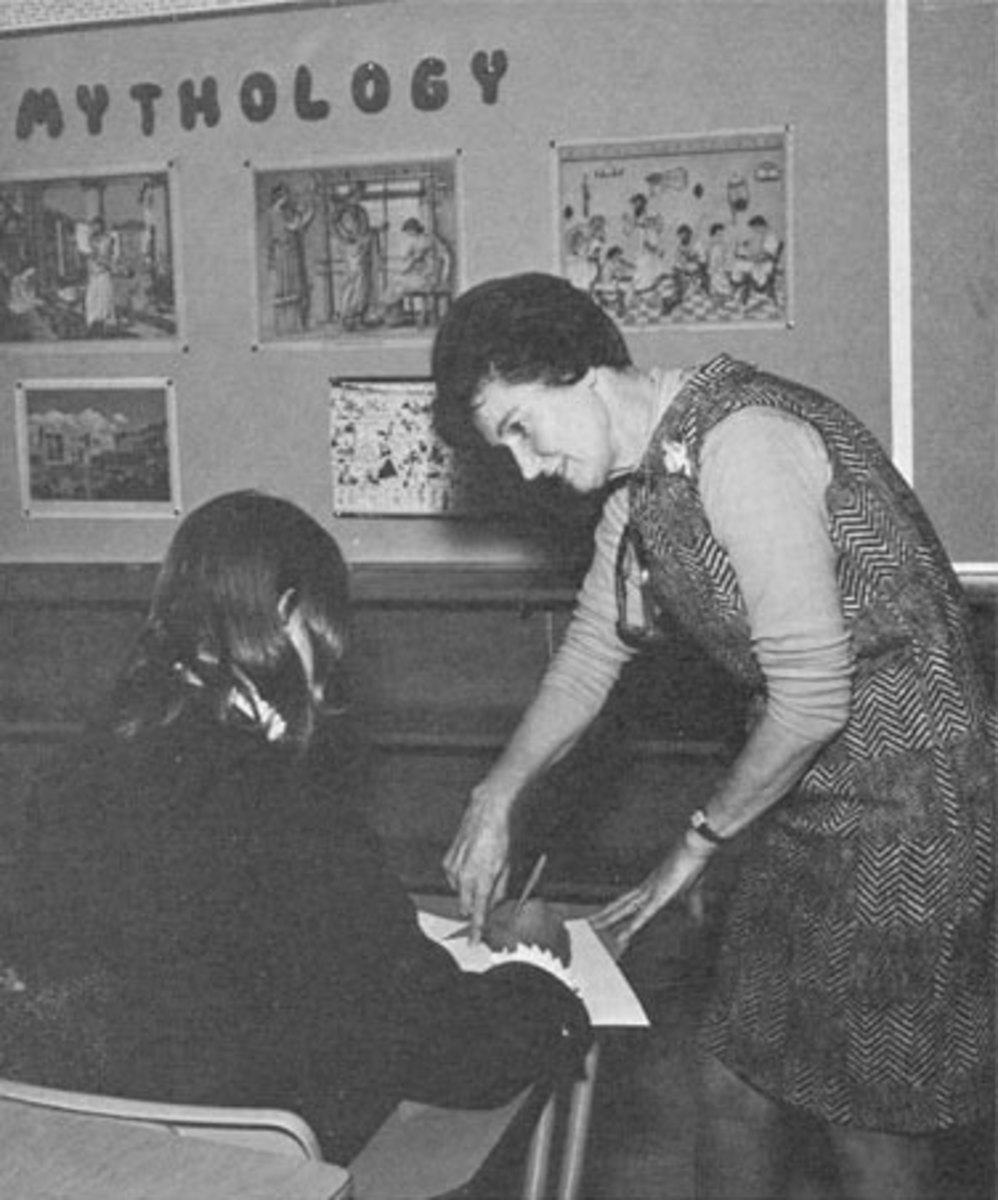Simplifying Subject-verb Agreement for Error-free Writing
Introduction
After spellings, incorrect use of subject-verb agreement is one of the most common errors made unwittingly. Probably, the reason could be a lack of enough practice. To make up for this, revising the concept and understanding the rule definitely helps.
The rule is pretty simple. It is that the verb in a simple present tense sentence must conform to its subject. In the case of complex or indirect sentences, every verb in the sentence must conform to the main verb.
The first step is to identify the verb and the subject of a sentence. The next step is to make sure that the verb is in tandem with its subject.
i) If the sentence is in the simple present tense, the verb has to be used in its first form only. In case, the subject is a third-person singular number, the corresponding verb must have‘s’ or ‘es’ attached to its first form.
i) Every verb in a complex sentence must be of the same tense as that of the main verb. This applies to sentences in indirect speech and complex sentences.
Identifying the Subject and the Verb
I will try to make it easy using some examples.
Boys play football.
I need your help.
Neena reads a book.
My father goes to the bank daily.
In the first sentence above, the subject ‘Boys’ is Third person and plural. The verb is ‘play’.
In the second sentence above, the subject ‘I’ is first person and singular. The verb is ‘need’.
In the third sentence above, the subject ‘Neena’ is third person and singular. The verb is ‘reads’.
Similarly, in the last sentence above, the subject ‘My father’ is third person and singular. The verb is ‘goes’.
Let us explain the second part with examples.
My parents told me that I was a healthy child.
He went away because Maria told him so.
In the first sentence above, the main verb of the sentence, ‘told,’ is in the past tense so the next verb, ‘was,’ is also in the past tense.
In the second sentence, the main verb, ‘went’ is in simple past tense so the verb, ‘told,’ in the next part is in the second form.
Test Your Understanding
Was identifying subjects and verbs easy?
Find out for yourself by marking the subject and the verb in the given sentences. Then check the answers given below.
- Valerie does her work by herself.
- Their father is a reputed lawyer.
- Rohit and Aman play hockey every day.
- Mini along with her mother stays in an apartment.
- Rina as well as Neha likes to study in the evening.
- She listens to the lecture carefully.
- All the boys in my class are learning French.
- You are not well today.
- I like drinking coffee in the morning.
10. Every weekend, we make a plan to go to Mumbai.
Answers
- Subject - Valerie (Third person, singular number)
Verb – does (do + es)
- Subject - Their father (Third person, singular number)
Verb - is
- Subject - Rohit and Aman (Third person, plural number - two singular third person subjects joined by ‘and’)
Verb – play (First form)
- Subject - Mini along with her mother (Third person singular number - two singular third person subjects joined by ‘along with’)
Verb - stays
- Subject - Rina as well as Neha (Third person singular number - two singular third person subjects joined by ‘as well as’)
Verb – likes (like + s)
- Subject - She (Third person, singular number)
Verb - listens (listen + s)
- Subject - All the boys in my class (Third person, plural number)
Verb – learn (first form)
- Subject - You (Second person, singular number here)
Verb – are (first form)
- Subject - I (First person, singular number)
Verb – like (first form)
10. Subject – We (First person, plural number)
Verb – make (first form)
How did it go? Could you do all of it correctly?
Now, some sentences for the part (ii). Identify the ‘main verb’ and the ‘subsidiary verb’.
- Tom was going home when he met with a minor accident.
- Did I tell you yesterday that I was sick?
- Shiela asked her friend how she lost her bag.
- I was in Delhi last month and my brother was with me.
- What did you see when you reached the railway station?
- My exams are approaching fast, so I have to study hard.
- She was writing very fast, still she could not finish in time.
- She is not only beautiful but is also intelligent.
- The sun rises in the East but sets in the West.
- Harry said that he was reading a book.
Answers
- Main Verb – was going (Past tense)
Subsidiary Verb –met (Past tense)
- Main Verb - did tell (Past tense)
Subsidiary Verb – was (Past tense)
- Main Verb – asked (Past tense)
Subsidiary Verb – lost (Past tense)
- Main Verb – was (Past tense)
Subsidiary Verb – was (Past tense)
- Main Verb – did see (Past tense interrogative)
Subsidiary Verb – reached (Past tense)
- Main Verb – are approaching (Present tense)
Subsidiary Verb – have (Present tense)
- Main Verb - was writing (Past tense)
Subsidiary Verb - could not finish (Past tense)
- Main Verb – is (Present tense)
Subsidiary Verb –is (Present tense)
- Main Verb - rises (Present tense)
Subsidiary Verb – sets (Present tense)
10. Main Verb - said (Past tense)
Subsidiary Verb –was reading (Past tense)
How many of your answers were right?
Applying The Rule of Subject-verb Agreement
Go back to the answers once again. Read one answer at a time. Focus on the explanation given. Then read the corresponding sentence. You will notice that the verb conforms to the subject in the first part. In simple present tense sentences, the verb has ‘s’ or ‘es’ attached if the subject is third person, singular number. In the second part, if the main verb of the sentence is in the past tense, the subsidiary verb is also in the past tense.
The examples given above are by no means exhaustive. It cannot be in an article of this size. These are sufficient to give you a clear idea about the topic in hand. But I can assure you that if your concepts are clear so far then error-free writing is not far. Just keep your eyes open for subject-verb agreement usage in your future reading. It will not only reinforce your understanding but also minimize your errors.
Happy writing, all!
This content is accurate and true to the best of the author’s knowledge and is not meant to substitute for formal and individualized advice from a qualified professional.
© 2020 POONAM MALIK








